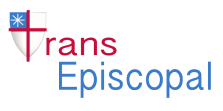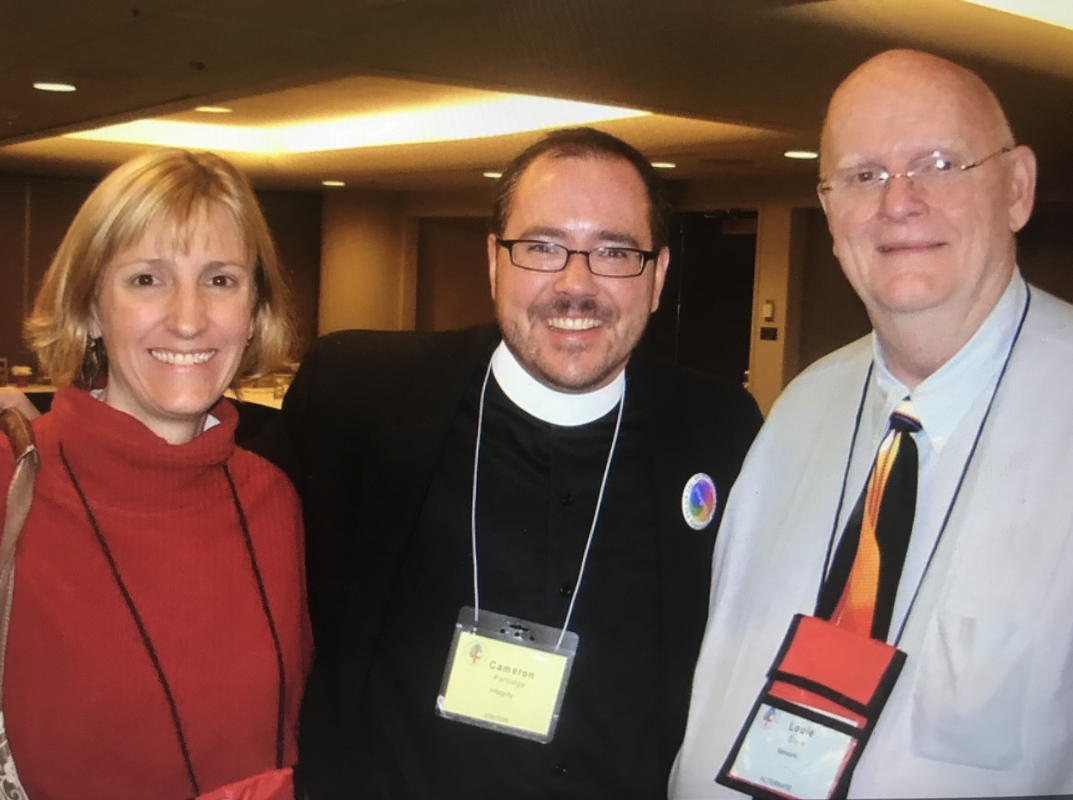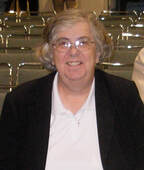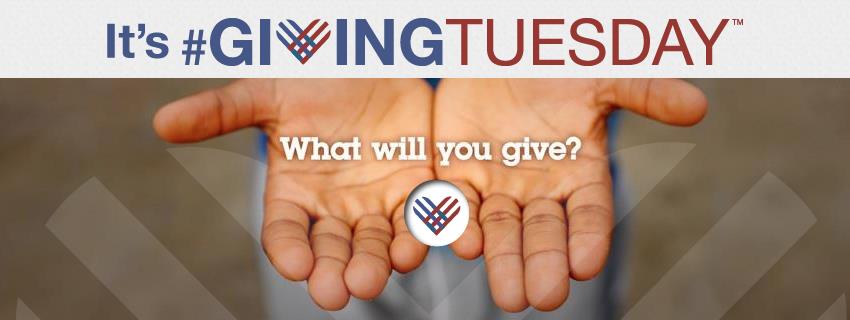The reasoning written into the legislation that such a law would safeguard athletic opportunities for cisgender girls “to remedy past discrimination on the basis of sex” is especially galling to us. Excluding trans girls from sports remedies nothing for anyone. Certainly not the history of sex discrimination in and beyond the world of athletics. The only thing a law such as this does is to intensify transmisogyny and transphobia more broadly, and to target it at trans, nonbinary, and/or two spirit youth, particularly trans girls. It legislates stigma. Intensifying such stigma is the last thing youth need in a world in which LGBTIQ+ youth already face disproportionately higher mental and emotional health challenges.
In this moment, we call out to trans, nonbinary, and/or two spirit youth in affirmation of our shared human dignity. We invite people of all ages and gender identities in our community to breathe deeply together, to know ourselves to be surrounded by what the Letter to the Hebrews calls “a great cloud of witnesses” (Heb 12:1). This great cloud includes all manner of folk, people of various genders, races, ethnicities, abilities, economic statuses, people who have lived in all times and all places. They are people who have made their way before us through ordeals we can barely comprehend, but that we especially honor on this Feast of All Saints. As we face new difficulties in this moment, the people of that great cloud, that Communion, stand with us. They surround us. They honor us. They cheer on all the young trans, nonbinary, and/or two spirit people struggling in schools and societies that do not understand or affirm us. They send all of us their strength. They say, “let us run with perseverance the race that is set before us” (Heb 12:1).
The earliest Christians often referred to the challenges of their lives – their struggle simply to live in societies that did not affirm them - as an agon, a contest. The whole of their spiritual lives was interwoven with their efforts to carve out spaces to grow into the full stature of their God-given humanity. As we continue to struggle against forces in this world that would deny the humanity and dignity of trans, nonbinary, and/or two spirit people – and all too often do so in the distorted name of our own Christian faith—let us remember the supportive presence of that great cloud with us in the agon. Let us continue to run with perseverance the race that lies before us.
We are not alone in this moment. Together, with God’s help, we can push back, indeed we can overturn the oppression that seeks to squelch us. The very heart of God calls us together “to reshape the world around,” as the hymn “Will You Come and Follow Me (The Summons)” puts it. We thank supportive families of trans, nonbinary and/or two spirit youth for standing with and advocating for us, in and beyond Texas. We thank the wider church for standing with us, as two diocesan Conventions the Episcopal Church have done over the last several weeks. Last weekend the Diocese of California passed a resolution, “Affirming Non-binary and Transgender Identities." And on September 24th the Diocese of South Dakota passed four resolutions in our support, including one “Officially Opposing Legislation that Harms Transgender/Non-Binary Children and Youth.” It targets legislation that would restrict “access to public facilities, including locker rooms, bathrooms, and other educational facilities, and athletic and other activities.” The resolution also opposes laws that impact “access to health care” specifically including “fair and equitable access to physical and mental health care; access to gender-affirming treatments, including puberty blockers; and respect for the relationship between transgender, non-binary, and/or two-spirit children and youth, their families, and their doctors.”
Thank you, Dioceses of South Dakota and California, thank you supportive family and friends, for standing with trans, nonbinary, and/or two-spirit youth. Thank you for affirming our shared human dignity, for pointing to the power of the Communion of Saints, for running the race with us.




 RSS Feed
RSS Feed